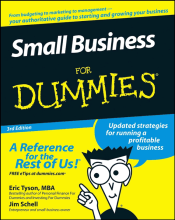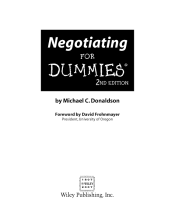Persuasion - Attitude change: seven theories - Involvement and think-feel grid for attitude change
4 important questions on Persuasion - Attitude change: seven theories - Involvement and think-feel grid for attitude change
What is the involvement and think-feel grid for attitude change?
Your attitude towards objects can be divided into four quadrants on a grid. This gris is formed by two axes: the 'involvement axis' and the 'think-feel axis'.
To change the attitude of the consumer, the message of the marketer should be matched along with the location of the object in the grid.
When a product is in the two think quadrants, how should you design the message as a marketer? What are the differences for a low-involvement product and a high-involvement product?
The message should be rational, thus tell what the product does and its concrete benefits.
Low-involvement product: one or tow simple rational brand beneftis.
High-involvement product: as many features and benefits the product has, to give the strongest argument
How should you design your message for a product with high involvement in the feel quadrant?
You will have to make your message emotional (fear, hope, love guilt, pride).
- Higher grades + faster learning
- Never study anything twice
- 100% sure, 100% understanding
How should you design your message for a product with low involvement in the feel quadrant?
Present the brand visually to create a positive impression and/or set it up in a good mood setting, purpose is to create a good mood in the consumer.
The question on the page originate from the summary of the following study material:
- A unique study and practice tool
- Never study anything twice again
- Get the grades you hope for
- 100% sure, 100% understanding































